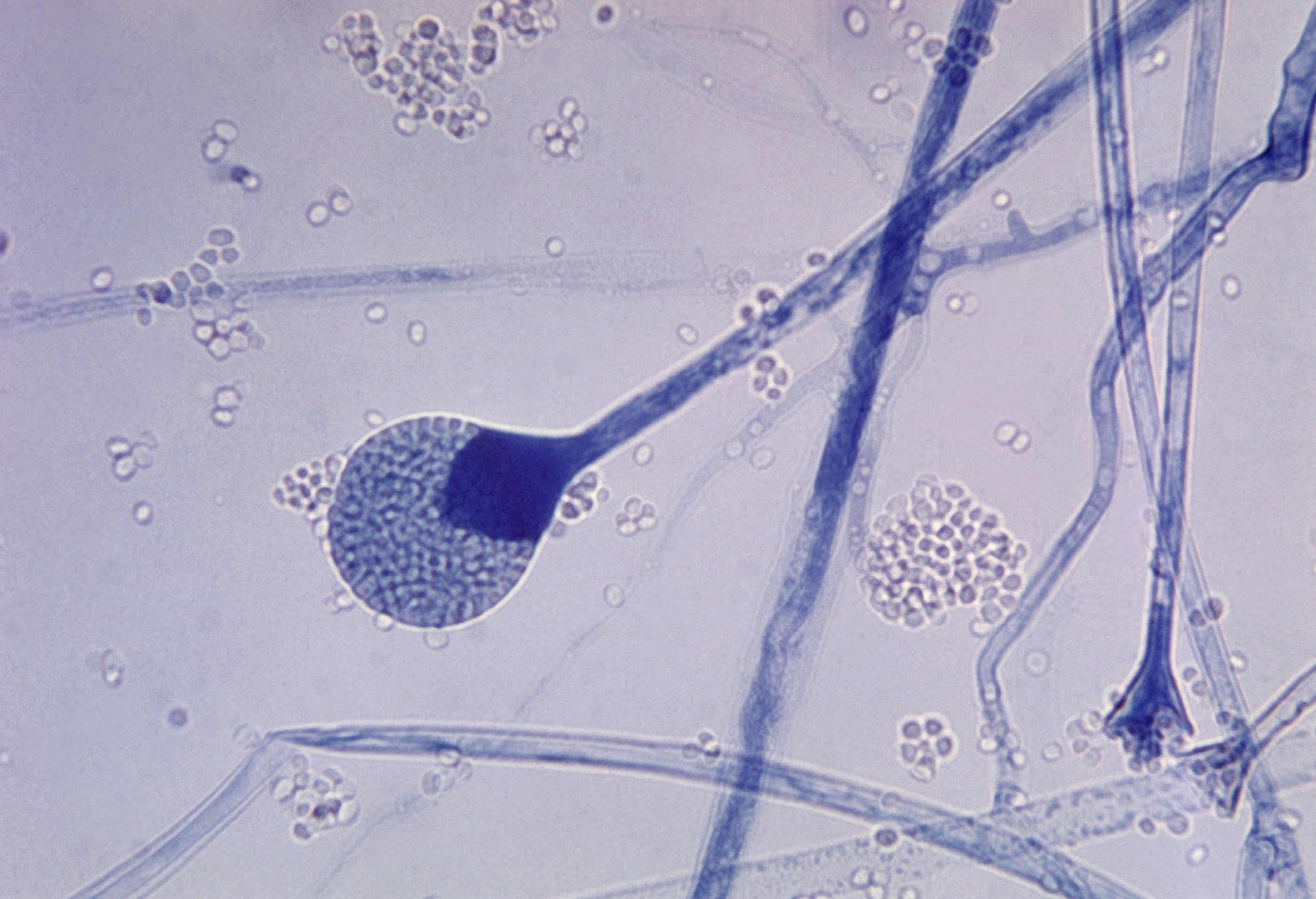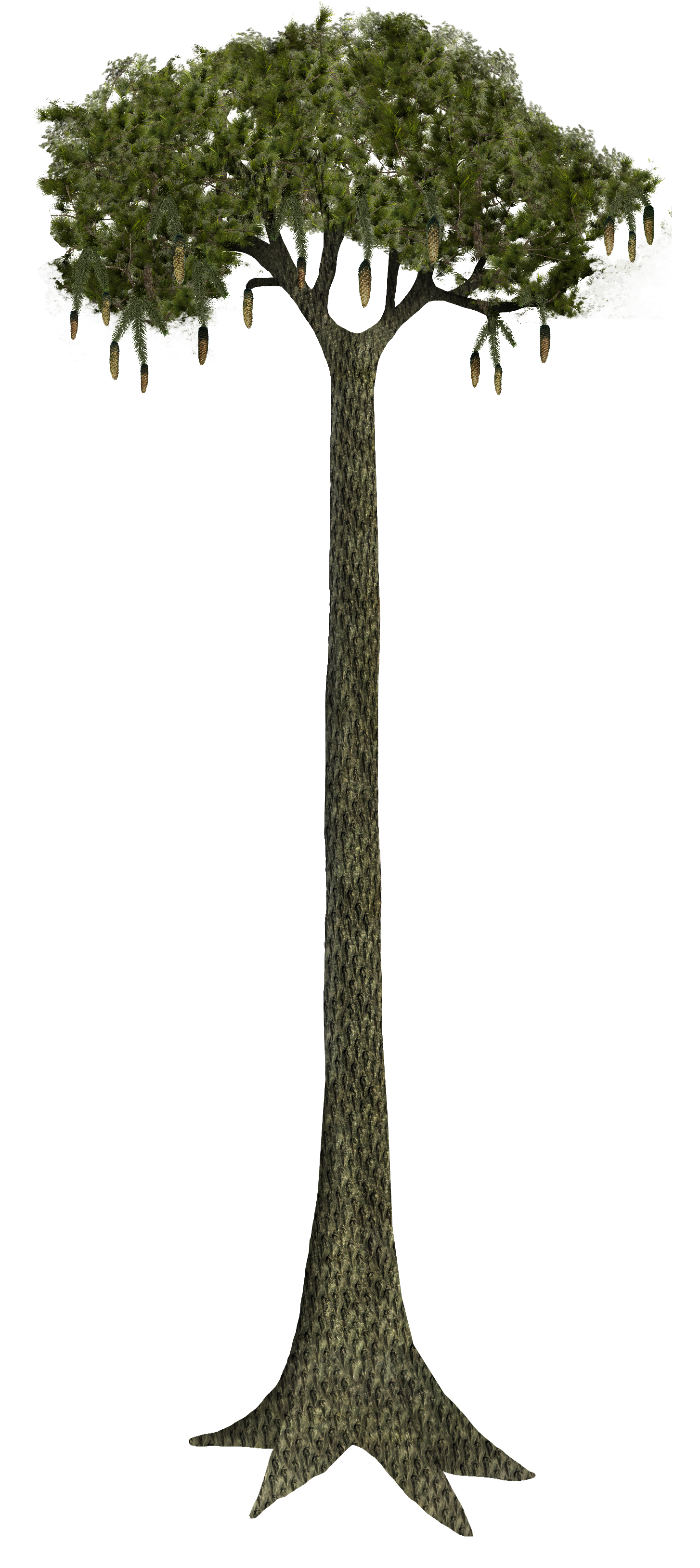|
Strobili
A strobilus (: strobili) is a structure present on many land plant species consisting of sporangia-bearing structures densely aggregated along a stem. Strobili are often called cones, but some botanists restrict the use of the term cone to the woody seed strobili of conifers. Strobili are characterized by a central axis (anatomically a stem) surrounded by spirally arranged or decussate structures that may be modified leaves or modified stems. Leaves that bear sporangia are called '' sporophylls'', while sporangia-bearing stems are called '' sporangiophores''. Lycophytes Some members of both of the two modern classes of Lycopodiophyta (Lycopodiopsida and Isoetopsida) produce strobili. In all cases, the lateral organs of the strobilus are microphylls, bearing sporangia. In other lycophytes, ordinary foliage leaves can act as sporophylls, and there are no organized strobili. Diphasiastrum complanatum strobilus (01).jpeg, Strobili of '' Diphasiastrum'' Lycopodium saururus.JPG, St ... [...More Info...] [...Related Items...] OR: [Wikipedia] [Google] [Baidu] |
Pinophyta
Conifers () are a group of cone-bearing seed plants, a subset of gymnosperms. Scientifically, they make up the division Pinophyta (), also known as Coniferophyta () or Coniferae. The division contains a single extant class, Pinopsida. All extant conifers are perennial woody plants with secondary growth. The majority are trees, though a few are shrubs. Examples include cedars, Douglas-firs, cypresses, firs, junipers, kauri, larches, pines, hemlocks, redwoods, spruces, and yews.Campbell, Reece, "Phylum Coniferophyta". ''Biology''. 7th ed. 2005. Print. p. 595. As of 2002, Pinophyta contained seven families, 60 to 65 genera, and more than 600 living species. Although the total number of species is relatively small, conifers are ecologically important. They are the dominant plants over large areas of land, most notably the taiga of the Northern Hemisphere, but also in similar cool climates in mountains further south. Boreal conifers have many wintertime adapta ... [...More Info...] [...Related Items...] OR: [Wikipedia] [Google] [Baidu] |
Sporophyll
In botany, a sporophyll is a leaf that bears sporangia. Both microphylls and megaphylls can be sporophylls. In heterosporous plants, sporophylls (whether they are microphylls or megaphylls) bear either megasporangia and thus are called megasporophylls, or microsporangia and are called microsporophylls. The overlap of the prefixes and roots makes these terms a particularly confusing subset of botanical nomenclature. Sporophylls vary greatly in appearance and structure, and may or may not look similar to sterile leaves. Plants that produce sporophylls include: '' Alaria esculenta'', a brown alga which shows sporophylls attached near the base of the alga.Dickson, Carola I. 1963. ''British Seaweeds''. The Kew Series. Lycophytes, where sporophylls may be aggregated into strobili (''Selaginella'' and some ''Lycopodium'' and related genera) or distributed singly among sterile leaves ('' Huperzia''). Sporangia are borne in the axil or on the adaxial surface of the sporophyll. In h ... [...More Info...] [...Related Items...] OR: [Wikipedia] [Google] [Baidu] |
Sporangium
A sporangium (from Late Latin, ; : sporangia) is an enclosure in which spores are formed. It can be composed of a unicellular organism, single cell or can be multicellular organism, multicellular. Virtually all plants, fungus, fungi, and many other groups form sporangia at some point in their biological life cycle, life cycle. Sporangia can produce spores by mitosis, but in land plants and many fungi, sporangia produce genetically distinct haploid spores by meiosis. It's outdated name, sporange, is one of the few perfect rhymes for Orange (colour), orange. Fungi In some phyla of fungi, the sporangium plays a role in asexual reproduction, and may play an indirect role in sexual reproduction. The sporangium forms on the sporangiophore and contains Ploidy, haploid Cell nucleus, nuclei and cytoplasm. Spores are formed in the sporangiophore by encasing each haploid nucleus and cytoplasm in a tough outer membrane. During asexual reproduction, these spores are dispersed via wind and g ... [...More Info...] [...Related Items...] OR: [Wikipedia] [Google] [Baidu] |
Cycadophyta
Cycads are seed plants that typically have a stout and woody (ligneous) trunk with a crown of large, hard, stiff, evergreen and (usually) pinnate leaves. The species are dioecious, that is, individual plants of a species are either male or female. Cycads vary in size from having trunks only a few centimeters to several meters tall. They typically grow slowly and have long lifespans. Because of their superficial resemblance to palms or ferns, they are sometimes mistaken for them, but they are not closely related to either group. Cycads are gymnosperms (naked-seeded), meaning their unfertilized seeds are open to the air to be directly fertilized by pollination, as contrasted with angiosperms, which have enclosed seeds with more complex fertilization arrangements. Cycads have very specialized pollinators, usually a specific beetle, and more rarely a thrips or a moth. Both male and female cycads bear cones ( strobili), somewhat similar to conifer cones. Cycads have been repor ... [...More Info...] [...Related Items...] OR: [Wikipedia] [Google] [Baidu] |
Ephedra (genus)
''Ephedra'' is a genus of gymnosperm shrubs. there were 77 recognized species. The various species of ''Ephedra'' are widespread in many arid regions of the world, ranging across southwestern North America, southern Europe, northern Africa, southwest and central Asia, northern China, and western South America. It is the only extant genus in its family, Ephedraceae, and order, Ephedrales, and one of the three living members of the division Gnetophyta alongside '' Gnetum'' and '' Welwitschia.'' In temperate climates, most ''Ephedra'' species grow on shores or in sandy soils with direct sun exposure. Common names in English include joint-pine, jointfir, Mormon-tea, or Brigham tea. The Chinese name for ''Ephedra'' species is ''mahuang'' (). ''Ephedra'' is the origin of the name of the stimulant ephedrine, which the plants contain in significant concentration. Description The family Ephedraceae, of which ''Ephedra'' is the only extant genus, are gymnosperms, and generally shr ... [...More Info...] [...Related Items...] OR: [Wikipedia] [Google] [Baidu] |
Equisetum
''Equisetum'' (; horsetail) is the only living genus in Equisetaceae, a family of vascular plants that reproduce by spores rather than seeds. ''Equisetum'' is a "living fossil", the only living genus of the entire subclass Equisetidae, which for over 100 million years was much more diverse and dominated the understorey of late Paleozoic forests. Some equisetids were large trees reaching to tall. The genus ''Calamites'' of the family Calamitaceae, for example, is abundant in coal deposits from the Carboniferous period. The pattern of spacing of nodes in horsetails, wherein those toward the apex of the shoot are increasingly close together, is said to have inspired John Napier to invent logarithms. Modern horsetails first appeared during the Jurassic period. A superficially similar but entirely unrelated flowering plant genus, mare's tail (''Hippuris''), is occasionally referred to as "horsetail", and adding to confusion, the name "mare's tail" is sometimes applied to ''Equis ... [...More Info...] [...Related Items...] OR: [Wikipedia] [Google] [Baidu] |
Ephedra Intermedia
''Ephedra intermedia'', with the Chinese common name of Zhong Ma Huang, is a species of '' Ephedra'' that is native to Siberia, Central Asia, Iran, Afghanistan, Pakistan, the western Himalayas, Tibet, Mongolia, and China. Description ''Ephedra intermedia'' is found in deserts, grasslands, floodlands and river valleys, slopes and cliffs, and sandy beaches. It grows at elevations of , in rocky or sandy dry habitats. The plant grows to tall. The strobili are dioecious, either male ''or'' female on any one plant, so both male and female plants are needed for seeds. Taxonomy It was originally described by Alexander Gustav von Schrenk and Carl Anton von Meyer in 1846. It was placed in section ''Pseudobaccatae'' (=sect. ''Ephedra sect. Ephedra''), "tribe" ''Pachycladae'' by Otto Stapf in 1889. In 1996 Robert A. Price classified ''E. intermedia'' in section ''Ephedra'' without recognizing a tribe.Price, R. A. (1996). Systematics of the Gnetales: A review of morphological and mol ... [...More Info...] [...Related Items...] OR: [Wikipedia] [Google] [Baidu] |
Gnetophyta
Gnetophyta () is a division of plants (alternatively considered the subclass Gnetidae or order Gnetales), grouped within the gymnosperms (which also includes conifers, cycads, and ginkgos), that consists of some 70 species across the three relict genera: '' Gnetum'' (family Gnetaceae), '' Welwitschia'' (family Welwitschiaceae), and '' Ephedra'' (family Ephedraceae). The earliest unambiguous records of the group date to the Jurassic, and they achieved their highest diversity during the Early Cretaceous. The primary difference between gnetophytes and other gymnosperms is the presence of vessel elements, a system of small tubes (xylem) that transport water within the plant, similar to those found in flowering plants. Because of this, gnetophytes were once thought to be the closest gymnosperm relatives to flowering plants, but more recent molecular studies have brought this hypothesis into question, with many recent phylogenies finding them to be nested within the conifers. Though it ... [...More Info...] [...Related Items...] OR: [Wikipedia] [Google] [Baidu] |
Equisetophyta
Equisetidae is one of the four subclasses of Polypodiopsida (ferns), a group of vascular plants with a fossil record going back to the Devonian. They are commonly known as horsetails. They typically grow in wet areas, with whorls of needle-like branches radiating at regular intervals from a single vertical stem. The Equisetidae were formerly regarded as a separate division of spore plants and called Equisetophyta, Arthrophyta, Calamophyta or Sphenophyta. When treated as a class, the names Equisetopsida s.s. and Sphenopsida have also been used. They are now recognized as rather close relatives of the ferns (Polypodiopsida) of which they form a specialized lineage. However, the division between the horsetails and the other ferns is so ancient that many botanists, especially paleobotanists, still regard this group as fundamentally separate at the higher level. Description The horsetails comprise photosynthesising, "segmented", hollow stems, sometimes filled with pith. At the ju ... [...More Info...] [...Related Items...] OR: [Wikipedia] [Google] [Baidu] |
Isoetopsida
Lycopodiopsida is a class of vascular plants also known as lycopsids, lycopods, or lycophytes. Members of the class are also called clubmosses, firmosses, spikemosses and quillworts. They have dichotomously branching stems bearing simple leaves called microphylls and reproduce by means of spores borne in sporangia on the sides of the stems at the bases of the leaves. Although living species are small, during the Carboniferous, extinct tree-like forms (Lepidodendrales) formed huge forests that dominated the landscape and contributed to coal deposits. The nomenclature and classification of plants with microphylls varies substantially among authors. A consensus classification for extant (living) species was produced in 2016 by the Pteridophyte Phylogeny Group (PPG I), which places them all in the class Lycopodiopsida, which includes the classes Isoetopsida and Selaginellopsida used in other systems. (See Table 2.) Alternative classification systems have used ranks from divis ... [...More Info...] [...Related Items...] OR: [Wikipedia] [Google] [Baidu] |




